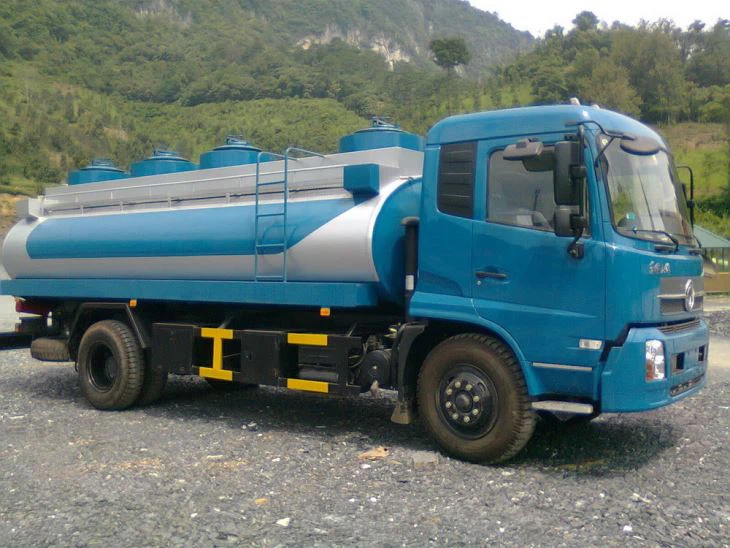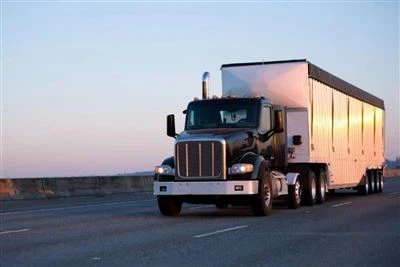Everything You Need to Know About Gas Bowsers

Introduction
In today’s world, where fuel efficiency and rapid refueling play crucial roles, gas bowsers have become essential in numerous industries. A gas bowser is a versatile fuel dispensing unit that allows for the transportation and storage of fuels like diesel and petrol. Whether you’re a fleet operator, a construction manager, or simply a truck enthusiast, understanding the ins and outs of gas bowsers is vital for efficient fuel management. This comprehensive guide delves into the various aspects of gas bowsers, from types and components to maintenance tips and common applications.
What is a Gas Bowser?
A gas bowser is a portable fuel storage and dispensing system, designed to store and transfer liquid fuels, primarily diesel or petrol. These units come with built-in pumps, storage tanks, and hoses, making it easier to refuel vehicles or machinery directly on-site, wherever it’s needed.
Types of Gas Bowsers
Gas bowsers can be categorized into several types based on their design, usage, and size:
1. Trailer-mounted Gas Bowsers

These are towable units that can be transported using a vehicle. They are ideal for site operations, construction projects, and rural applications.
2. Self-contained Gas Bowsers
These are standalone units that do not require additional equipment for use. They are typically easier to set up and operate.
3. Skid-mounted Gas Bowsers
These units are designed to be mounted on vehicles or trailers directly, offering a secure and stable option for fuel transport.
4. Static Gas Bowsers
These are fixed installations designed for use at a specific location, such as a fuel depot or warehouse.
Key Components of a Gas Bowser
Understanding the essential components of a gas bowser will help you make informed choices when selecting one for your needs.
Tank
The tank is the main component of a gas bowser that stores fuel. They come in various sizes, typically ranging from 500 to 10,000 liters, and are made of durable materials to withstand harsh conditions.
Pump
Gas bowsers are equipped with pumps, which are used to transfer fuel from the tank to the vehicle or machinery. There are manual and electric pumps available, and electric pumps are more common in modern models.
Hose and Nozzle
Hoses and nozzles facilitate fuel dispensing. Quality hoses are crucial to prevent leaks, and nozzles come in different designs suited for various applications.
Filters
Fuel filters in gas bowsers are essential for removing impurities and ensuring clean fuel supply to the vehicle.
Metering System
Some gas bowsers include a metering system that measures the amount of fuel dispensed. This feature is particularly useful for record-keeping and inventory management.
Benefits of Using a Gas Bowser
Gas bowsers come with numerous advantages for various industries:
Convenience
Gas bowsers allow for on-site fueling, meaning you won’t have to leave a job site or project just to refuel machinery or vehicles.
Cost-effective
Buying fuel in bulk and storing it in gas bowsers can lead to significant savings over time, reducing the overall fuel cost.
Flexible Use
These units are versatile and can be used for a wide range of applications, from construction sites to agricultural use.
Enhanced Safety
Modern gas bowsers come with safety features like automatic shut-off valves and leak prevention systems to minimize risks associated with fuel storage and transfer.
Choosing the Right Gas Bowser
Selecting a suitable gas bowser depends on several factors:
Capacity Requirements
Consider the amount of fuel you need to store and dispense. Larger tanks are ideal for high-demand operations.
Location and Mobility

Decide if you need a portable or stationary unit. Trailer and skid-mounted models offer greater mobility, while static designs are preferable for permanent locations.
Fuel Type
Ensure the gas bowser you select is compatible with the type of fuel you intend to use, whether it’s diesel, petrol, or other fuels.

Regulatory Compliance
Check local regulations regarding fuel storage and dispensing to ensure your gas bowser meets safety and environmental standards.
Maintenance Tips for Gas Bowsers
Regular maintenance is crucial for the longevity and efficiency of your gas bowser. Here are some tips:
Regular Inspections
Schedule routine inspections of your gas bowser to identify leaks, corrosion, or damage.
Cleaning the Tank
Keep the fuel tank clean to prevent contamination. Ideally, the tank should be cleaned once a year, or more often if necessary.
Replace Filters
Change fuel filters regularly to ensure a clean fuel supply and optimal operation.
Pump Maintenance
Check the pump for any signs of wear or malfunction. Regular lubrication and inspection are essential for pump longevity.
Applications of Gas Bowsers
Gas bowsers are widely used across various industries:
Construction Sites
They are invaluable on construction sites, allowing for efficient refueling of machinery and vehicles without delay.
Agriculture
Farmers frequently use gas bowsers to fuel tractors and other agricultural machinery, reducing travel time to fuel stations.
Mining
In mining operations, gas bowsers facilitate fuel storage and dispensing in remote locations, enhancing productivity.
Commercial Fleets
Businesses that operate vehicle fleets benefit from using gas bowsers to manage their fueling needs efficiently.
Cost of Gas Bowsers
The price of gas bowsers can vary significantly based on their size, type, and features. Here’s a general overview:
| Type of Gas Bowser | Price Range (USD) |
|---|---|
| Trailer-mounted | $3,000 – $10,000 |
| Self-contained | $2,500 – $8,000 |
| Skid-mounted | $2,000 – $7,000 |
| Static | $4,000 – $15,000 |
Frequently Asked Questions (FAQs)
1. What fuel types can be stored in a gas bowser?
Gas bowsers can typically store diesel and petrol, but some models are designed for other fuels like biodiesel or kerosene. Always check the specifications to ensure compatibility.
2. How often should I maintain my gas bowser?
The maintenance frequency depends on usage and the manufacturer’s guidelines. Generally, a thorough inspection should be conducted at least once a year, and filters should be replaced regularly.
3. Are gas bowsers safe to use?
Yes, modern gas bowsers are designed with several safety features. However, following manufacturer guidelines and local regulations is essential to ensure safe operation.
4. Can I use a gas bowser for private fueling needs?
Yes, gas bowsers can be used for private purposes, but ensure that you comply with local laws regarding fuel storage and dispensing.
5. What should I do if I notice a leak in my gas bowser?
Immediately stop using the bowser, contain the leak if safe to do so, and contact a professional to assess and repair the issue.
6. How do I choose the right size gas bowser for my needs?
Consider your refueling needs, the frequency of use, and the number of vehicles or machinery you need to fuel. Consulting with suppliers can also provide insight into the best options for your situation.
